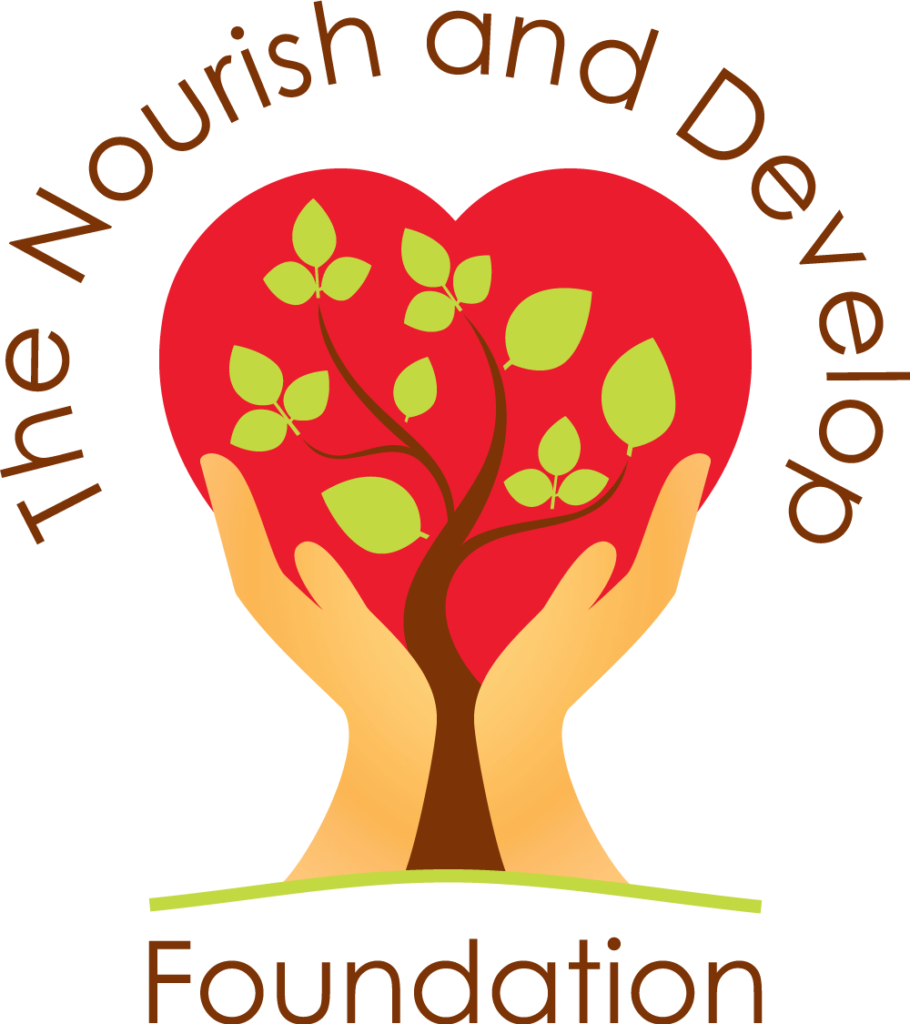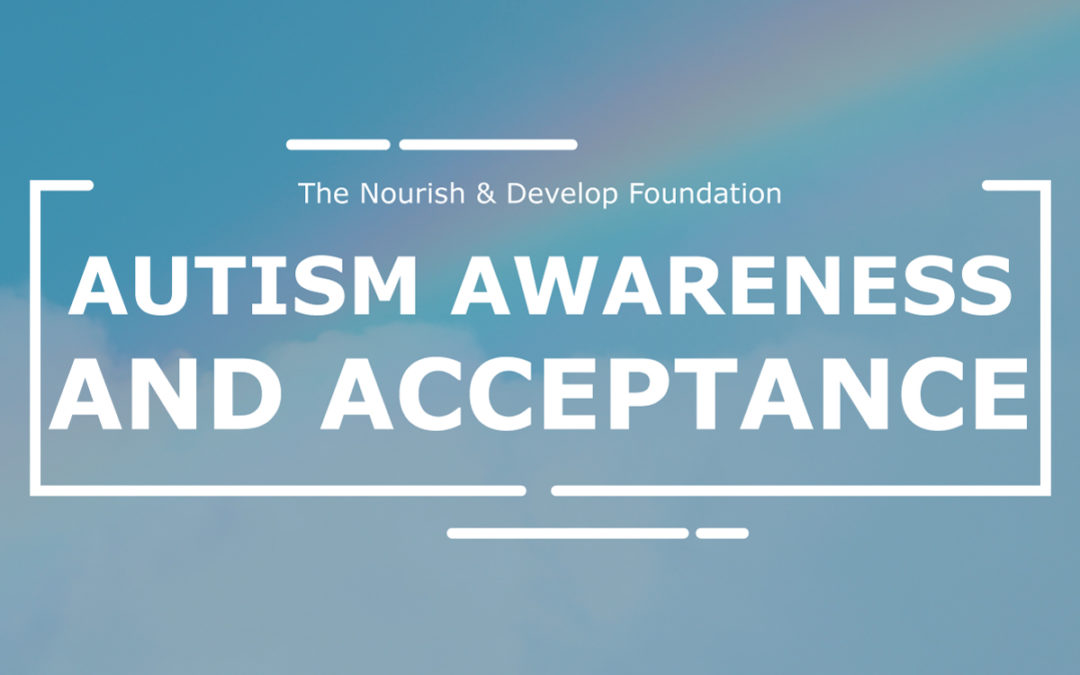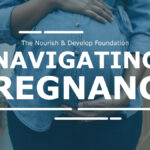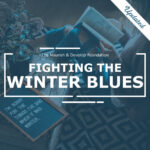In Canada, October is Autism Awareness and Acceptance month,
so today we want to reiterate some of the current information surrounding Autism Spectrum Disorder (ASD) and to amplify the voices of the autistic community on what it means to show acceptance. Autism Spectrum Disorder exists globally and refers to an encompassing range of neurodevelopmental conditions that share a core group of traits. It is commonly characterized by a desire for routine and consistency, having few specific interests, engaging in repetitive behaviours, differences in social interaction that might be perceived as awkward to others, and exceptional abilities. Previously, these conditions were broken down into different categories (such as Asperger’s Syndrome and Childhood Integrative Disorder) but are now inclusive under one term.
Autism is not new but is constantly being redefined as research and experience progresses. Unfortunately, there is still stigma and misconceptions associated with ASD. It is NOT a disease, contagious, or caused by parenting styles. It can be difficult to diagnose due to the high frequency of cooccurring conditions (intellectual disabilities, anxiety, ADHD, health issues) that in fact, one study shows that nearly 78% of children with autism have at least one mental illness. We recognize the challenges some family members of autistic individuals face as well as autistic people themselves but want to stress that it does not affect their inherent worth as people.
understanding neurodivergence
Neurodiversity believes in giving autistic people the tools and resources to succeed as individuals to improve their quality of life opposed to further disabling them through societal constructs. Below, we have highlighted five common areas in which differences are presented in ASD compared to what we call neurotypical behaviours:
communication
Signs of differences lie in alternative forms of communicating such as writing, signing, babbling, and using movement. Communication may look like:
- Non-speaking or non-verbal communication
- Abnormalities in rhythm and intonation of speech
- Difficulty expressing needs or desires
- Taking what is said too literally, missing humour, irony, and sarcasm
- Not understanding straightforward statements or questions
motor
Signs of differences lie in motor skills, where they tend to perform under or above average and exhibit the following:
- Harder time grasping fine motor skills (reaching, clapping, pointing)
- Unusual posture
- Clumsiness
- Uncoordinated balance
- Exceptional hand-eye/body-eye coordination
Repetition
Signs of differences lie in self-stimulating behaviours that consist of repetitive movements or sounds often to cope with environmental triggers or anxious feelings. Some examples include:
- Rocking
- Flapping
- Rearranging objects
- Repeating words or phrases
- Pulling hair
Sensory
Signs of differences lie in processing information through the five senses resulting in hyper (over) sensitivity to stimuli and hypo (under) sensitivity to stimuli such as:
- Having dietary preferences based on colours, textures, temperatures, etc.
- Increased movement (jumping on beds/couches, crashing into things)
- Difficulty recognizing sensations of hunger, pain, or needing to use the bathroom
- Becoming upset at the slightest sound, touch, sight, taste, or smell
- Wanting more of a sound, touch, sight, taste, or smell
Social
Signs of differences lie in not picking up on or following culturally appropriate social cues and may present:
- Difficulty understanding the feelings of others
- Talking at length instead of participating in back-and-forth conversations
- Out of context body language, facial expressions, or gestures
- Lack of interest in sharing their achievements with others
- Slow or no response to someone trying to get their attention
Practicing Acceptance
It is not up to us to decide what is best for people with autism. Instead, we should embrace many perspectives and styles of thinking, learning, and behaving, so long as it is not causing harm to anyone. Too many awareness campaigns and research initiatives are focused on ‘cures’ for autism but we do not need to change or ‘fix’ autistic people. There is a fine line between understanding difficulties that autism can present with the need for support, resources, accommodation, etc. and seeing it as a disorder that is worth trying to eliminate. We believe in celebrating the contributions autistic people bring to the table as they have a lot to offer and can help teach us to connect in different ways, to release ourselves from societal expectations, and to express our authentic selves.
How to support
If you want to be an ally to the autism community, it is best to follow the lead of those with lived experience, but to also ask what is comfortable for each individual you interact with. For instance, many people automatically assume that person-first language is preferred, i.e. ‘I have austim’ rather than identify-first language i.e. ‘I am autistic’, however, a popular viewpoint is that identity-first language acknowledges that autism is a large factor in what makes someone who they are, how they perceive the world, and how they interact so it accepts that autism is part of the whole person, not separate from them.
It is also important to respect boundaries of others like personal space, touching, making eye contact, and to understand that ASD does not always present itself in obvious ways but it can be harmful to use functioning terminology like ‘low-functioning’ and ‘high-functioning’ because they do not account for all aspects of autism (someone who is non-verbal might be highly skilled at online conversations) and the ‘levels’ tend to resemble ends of a spectrum which reflects neurotypicality (the more ‘high-functioning’ you are perceived as, the closer you are to neurotypical).
Our duty in autism is not to cure but to relieve suffering and to maximize each person’s potential.
Resources:
Autistic Self Advocacy Network
Sources:
https://www.verywellhealth.com/high-and-low-functioning-autism-260599
https://news.ubc.ca/2021/01/19/mental-health-conditions-alarmingly-high-among-children-with-autism/
https://www.kinark.on.ca/october-is-autism-awareness-month-in-canada/
https://www.helpguide.org/articles/autism-learning-disabilities/autism-spectrum-disorders.htm



